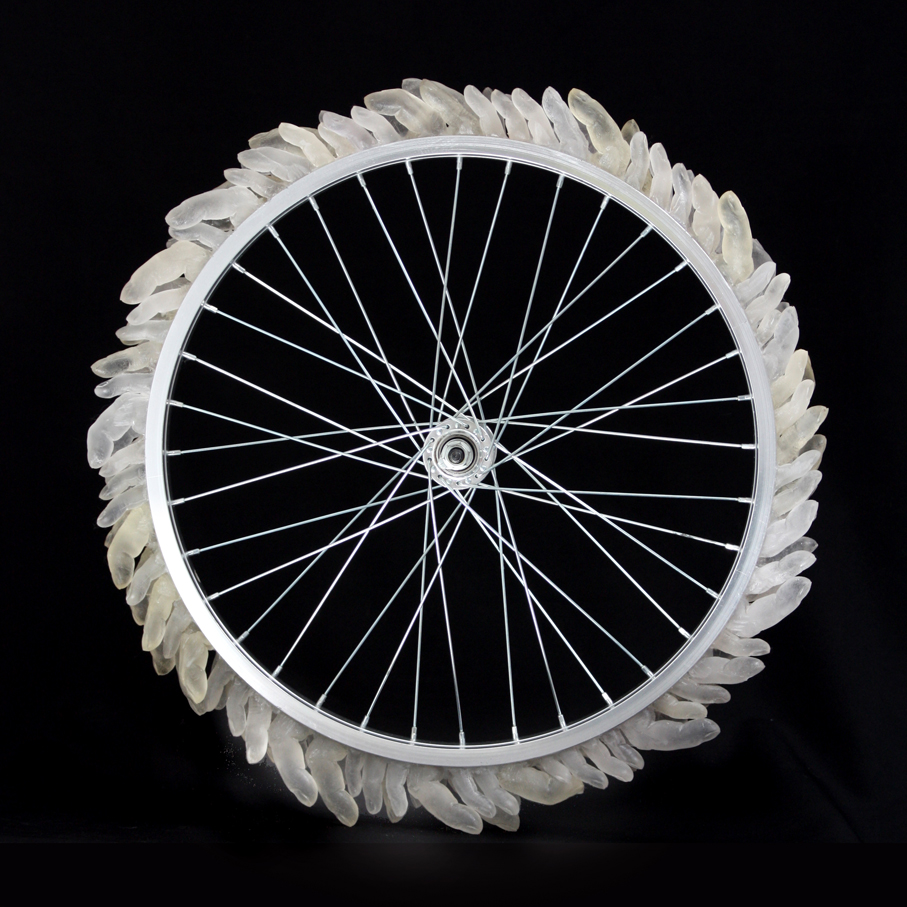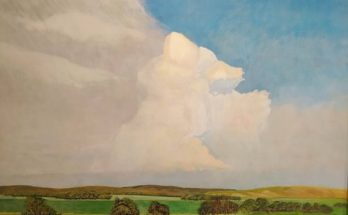By Josemaría Moreno
Artist Ana Quiroz was born in Mexico City, and lives and works in San Miguel de Allende. Her work is well known in this city, but she has also worked and exhibited in the largest cities in Mexico, as well as in the US and Europe. Her work, a combination of sculpture and installation, uses all kinds of materials—most notably glass and resin.
On this occasion, having recently celebrated Student and Teacher’s Day, Quiroz tells us about her artistic practice from the perspective of her role as a teacher. She explains how this practice is related to social issues, and comments on the potential that art has as a weapon of education.
JM: Could you tell us a little about your career as an artist and teacher?
AQ: I arrived in San Miguel de Allende in 1991. Since 1997 I have dedicated myself full time to art. That year I began working at the Instituto Allende and collaborating with German artist Lothar Müller at Kunsthaus Santa Fe and Kunsthaus Miami until they closed in 2011. School fascinates me, both giving and taking classes. I continued studying, and finished my PhD in Art at UNAM in 2019. Today I continue to teach at the Instituto Allende. I formally began my artistic work in 1997, although I had done a degree in the 1980s in Actuary, which has nothing to do with art. Since 1997 I have mainly made sculpture and objects.
JM: I know that your artistic practice is largely focused on social problems. How do you involve your work with issues of social justice and, in this regard, what positive results have you found from your artistic practice?
AQ: Thirty years ago I thought about what art can do for social problems. I have always been concerned about the inequities of Mexican society, classism, racism, machismo, etc. Clearly the question is: what can I do? I am very pessimistic. It is hard for me to think that there are positive results when you look at Mexico, and in general the world situation as it is. At 57 years old, it is clear to me that I am very interested in training and education. Fortunately, today art is broad and varied; there are many fields in which to work. I am interested in everything in art, though personally I like to deal with the manual and the symbolic.

JM: I recently read about your Memory Atlas project that you did in the US. I know that the project is based on memory and art. Could you tell us more about it?
AQ: Since 2017 I have worked on different projects developing individual and collective memory. Memory is a common theme in art. I started in San Francisco Coapan, Puebla, within a Nahuatl community with the Rasquache collective. In 2020 I was in Cleveland, Ohio, and through a fellowship I worked with migrants from Asia, Africa, and Central America to make an Atlas of Memory, a collage of their countries of origin. In 2022 and 2023 I held workshops in the community of Agustín González, La Huerta, and the Fuego Nuevo high school in San Miguel de Allende as part of the Pecda Guanajuato scholarship. Participants made altarpieces with various artistic techniques using memory as a theme. Memory, among many other things, is an appreciation of oneself.
JM: Do you have an artistic project on the horizon that you are going to undertake in San Miguel that you would like to mention to our readers?AQ: In San Miguel I don’t have anything on the horizon. I have a residency grant in the Czech Republic, and I’m leaving for that this June. I was selected for the second Barco Biennial, which opens on July 14 in León, Guanajuato, and have an individual exhibition at Galería Hache in San Luis Potosí in October.




